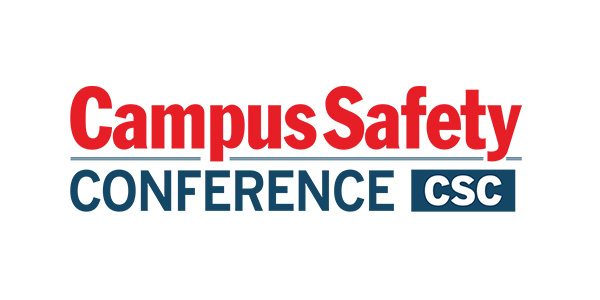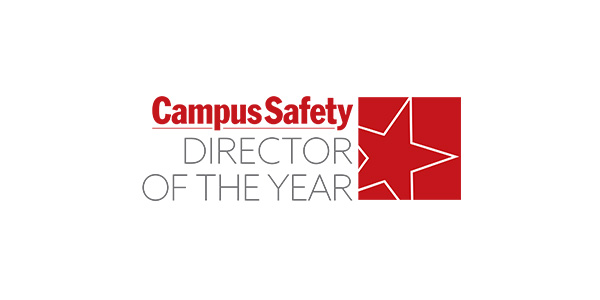AUSTIN, Texas – The security industry is undergoing a profound evolution, driven by rapid technological innovation and challenging global dynamics. According to the newly released 2025 State of Security and Identity Report from HID, organizations worldwide are gravitating toward unified platforms, mobile credentials, biometrics, and artificial intelligence (AI) as key components to enhance their security operations. This comprehensive study surveyed 1,800 global security leaders, IT personnel, and partners, offering a detailed look at the shifting priorities and challenges of a changing threat landscape.
Key Findings from HID’s Latest Security Industry Study
Greater Adoption of Mobile Credentials and Biometrics
The report highlights a significant pivot away from traditional access methods in favor of modern technologies. Mobile credentials, a top trend for 61% of respondents, are being embraced for their convenience and efficiency. Nearly two-thirds of organizations are either using or planning to deploy mobile solutions.
Related Article: 2025 Access Control Predictions: AI, the Cloud and Mobile Credential Applications to Expand
Biometric technologies, including fingerprint, iris, and facial recognition, are also gaining traction, with 35% of respondents already using these tools and 13% planning adoption. However, concerns such as high implementation costs (33%), privacy issues (31%), and unclear return on investment (22%) remain obstacles for some organizations.
Growing Demand for Unified Security Management
A growing number of security industry professionals are turning to software-driven platforms that integrate multiple layers of security, such as video surveillance, access control and intrusion detection. According to the report, 67% of leaders are exploring unified solutions to streamline operations, and 73% view data integration as critical to their strategy. Additionally, there is a noticeable shift away from standalone systems.
However, significant barriers exist, including the complexity of integrating new systems with legacy infrastructure (cited by more than 35% of respondents) and high implementation costs (28%).
Surge in Preference for Open Platforms
The security industry is witnessing a strong preference for open solutions that enable seamless integration and scalability. More than half of the respondents emphasized the importance of open platforms, noting their flexibility in system upgrades and easier third-party integration. With 73% prioritizing data consolidation across tools, open platforms are increasingly seen as a strategic requirement.
AI-Powered Security Solutions
Artificial intelligence is taking center stage with applications ranging from access control to real-time data analytics. The report finds that 50% of security professionals credit AI with improving security processes, while 47% value its ability to provide faster, data-driven insights. Despite its benefits, challenges to AI adoption persist. These include concerns over security and privacy (41%), trust in AI reliability (35%), implementation costs (35%), and integration with existing systems (28%).
Related Article: Leveraging AI for Active Shooter Prevention and Response
Channel Adaptation to Innovation
Channel partners, such as security systems integrators, face the dual challenge of keeping pace with technological change and meeting rising customer expectations for AI, cloud, IoT, and advanced analytics. While 77% of partners believe they are adapting well, challenges such as training staff (22%) and balancing traditional services with new offerings (19%) highlight the need for further evolution.
Sustainability Is Still Important
Sustainability continues to influence decision-making, with 75% of security industry leaders factoring environmental considerations into their solutions. However, cost-effectiveness and security still take precedence for most organizations, especially integrators and consultants.
To read the entire report, click here.







